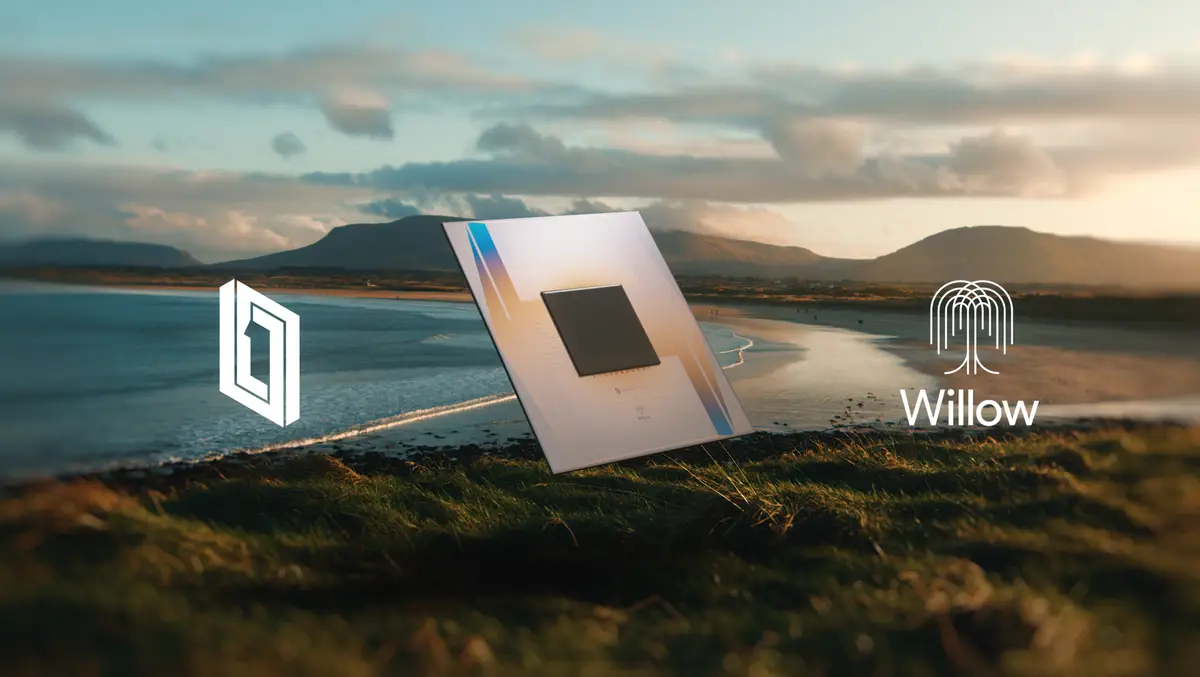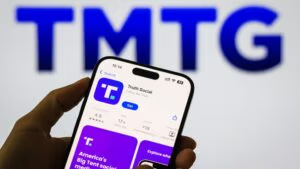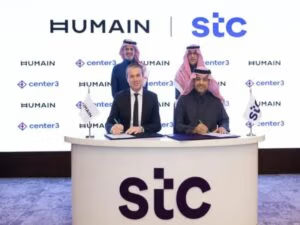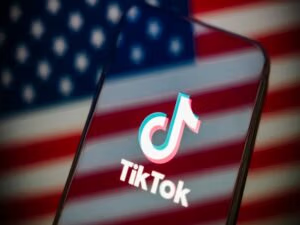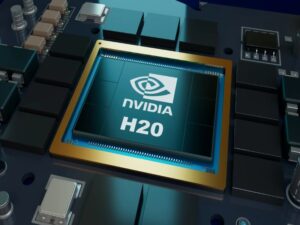Google announced on Monday a major advancement in quantum computing with its new chip, Willow, capable of solving a problem in just five minutes—a task that would take a classical computer more time than the history of the universe.
The breakthrough highlights quantum computing’s potential to revolutionize fields such as medicine, battery chemistry, and artificial intelligence. While the problem solved by Google’s Quantum AI Lab in Santa Barbara lacks direct commercial applications, the achievement represents a significant step toward creating practical quantum machines.
Today we unveiled our latest quantum chip, Willow. But how does quantum computing work? What even is a qubit? Our @GoogleQuantumAI team is here to teach you the basics — and give you a tour of their lab ↓ https://t.co/8ROLn9E2DK
— Google (@Google) December 9, 2024
Error Correction: The Key to Quantum Succes
The Willow chip boasts 105 qubits, the fundamental units of quantum computing. However, qubits are notoriously error-prone, influenced by even the smallest disturbances, such as subatomic particles from outer space.
Google’s breakthrough lies in overcoming these errors. In a Nature journal paper published Monday, the company detailed how it managed to string qubits together, reducing error rates as the number of qubits increased. The system can even correct errors in real time, a critical milestone for scaling up quantum computing.
“We are past the break-even point,” said Hartmut Neven, head of Google Quantum AI, in an interview.
A Billion-Year Advantage
Google’s claims address skepticism from a 2019 incident when rival IBM challenged Google’s assertion that its quantum chip solved a problem 10,000 years faster than classical computers. IBM argued the problem could be solved in just 2.5 days using optimized assumptions.
This time, Google accounted for such critiques. The company asserts that, even under the most ideal classical computing conditions, the Willow chip would still outperform classical systems by a factor of a billion years.
Rivals and Reliability
While competitors like IBM and Microsoft are developing quantum chips with larger numbers of qubits, Google is prioritizing reliability over sheer scale.
“Making the most reliable qubits is key,” said Anthony Megrant, Google Quantum AI’s chief architect.
To accelerate development, Google has also shifted chip production to its dedicated fabrication facility, which replaces the shared lab it previously used at the University of California, Santa Barbara.
The Road Ahead
The new facility allows Google to test innovations faster, using massive refrigerators called cryostats to cool chips during experiments.
“If we have a good idea, we want somebody on the team to be able to … get that into the clean room and into one of these cryostats as fast as possible, so we can get lots of cycles of learning,” Megrant explained.
Google’s focus on reliable quantum computing marks a critical step in its race against tech giants like IBM and Microsoft. With quantum error-correction now a reality, Google is inching closer to harnessing the power of quantum computing to tackle some of the world’s most complex challenges.

